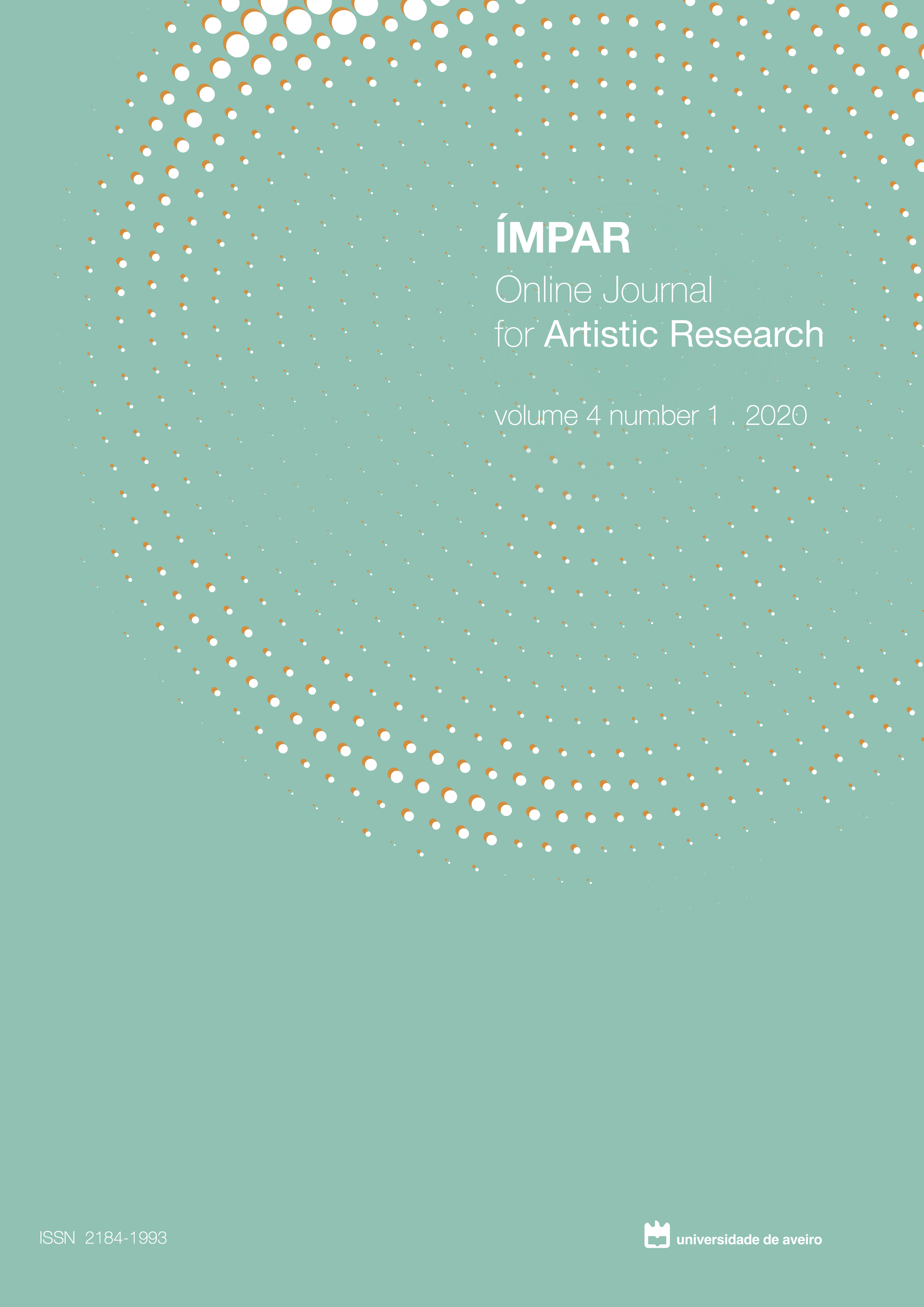peyotl
everything you always wanted to do but weren’t allowed in piano lessons
Abstract
For nearly as long as the piano has existed, composers have been interested in producing sounds for which the instrument was not conceived. Whilst most of us may be at ease with a pianist’s fingers gliding over the keyboard, many feel more resistance towards someone who hits the keys with the flat of the hand, or is bent over the keyboard to play directly on the strings. Yet, these techniques have been in use since the 18th century, unlike their common association with ‘new music’. In contrast to this extensive repertoire for professionals, pieces that are written to introduce such techniques to children exhibit mostly adult aesthetic preferences. As regards performance technique, the composers have not distinguished between the different pedagogical chronologies and algorithms of learning to play the keyboard and the inside of the piano, nor do they seem to have imagined whether a child always has ready access to the accessories that are sometimes required to do so. In collaboration with composer Hans Cafmeyer, a project was set up at the Orpheus Institute to develop new music through artistic research, catering to children’s aesthetic horizons, their technical abilities, pedagogical needs, and personal biotope, and the technological constraints of the instrument. With Hans Cafmeyer’s decade-long experience in teaching children, in addition to writing music for them which suits their pedagogical level, as well as Luk Vaes’ research into the history and performance practices of extended techniques, “peyotl” was created, a collection of pieces allowing teachers to integrate extended techniques into the protocol of regular keyboard-specific pedagogy. The multimedia publication includes the score as well as online videos of the composer and children performing the music.
References
Cafmeyer, H., & Vaes, L. (2016). Peyotl. Retrieved from https://tinyurl.com/peyotlforsale
Clarke, M.E. (1972). Contempo 1. An Introduction to 20th century idioms for the pianist. Colorado, US: Myklas Music Press.
Kubik, S. (2016). La musique contemporaine et les jeunes : où est la dissonance? Retrieved from https://www.francemusique.fr/musique-contemporaine/la-musique- contemporaine-et-les-jeunes-ou-est-la-dissonance-693
Lockwood, A. (n.d.). Scores for Piano Transplants. Retrieved from http://www.annealockwood.com/downloads/piano_transplant_scores.pdf
Maene, C. (n.d.). The Straight Strung Grand Piano. Retrieved from https://www.chrismaene.be/nl/the-straight-strung-grand-piano/
Marlais, H. (2012). Travels Through Sound. Early Intermediate through Late Intermediate. Florida, US: The FJH Music Company.
Power, B. & S. (n.d.). Suzuki Piano / Kodály Musicianship Programme. Cambridge, UK. Retrieved from http://www.suzukipianocambridge.org.uk/index.html
Robertson, R. (2016). Argument. Showcase Solo for Intermediates. Piano Pronto Publishing, Inc.
Vaes, L. (2009). Extended Piano Techniques in Theory, History, and Performance Practice. Retrieved from https://openaccess.leidenuniv.nl/handle/1887/15093
Vaes, L. (2001). Extended techniques in de pianoliteratuur. Alles wat nooit mocht op pianoles. EPTA Piano Bulletin, 29/1, 30.
Vaes, L. (2011): “Who’s gonna read this?” Retrieved from http://artisticresearchreports.blogspot.com/2011/10/whos-gonna-read-this.html
Copyright (c) 2020 ÍMPAR: Online Journal for Artistic Research

This work is licensed under a Creative Commons Attribution 4.0 International License.





